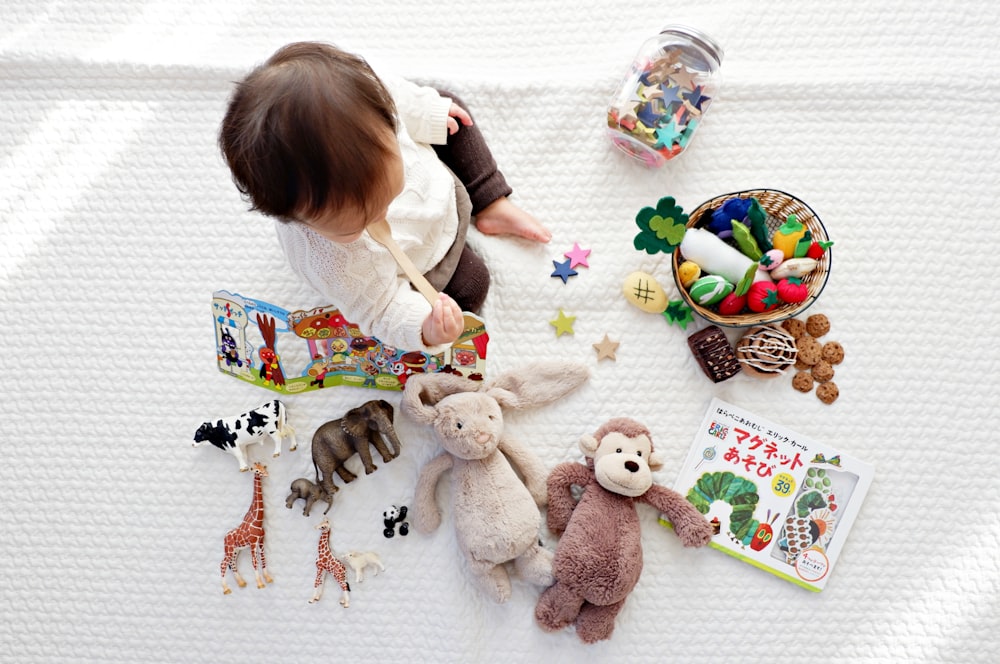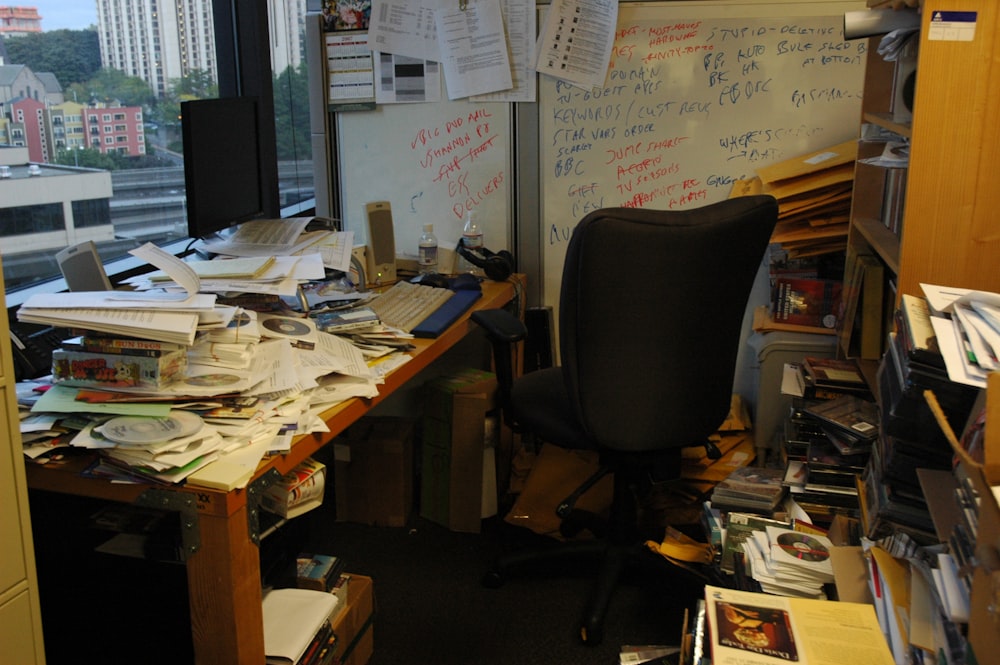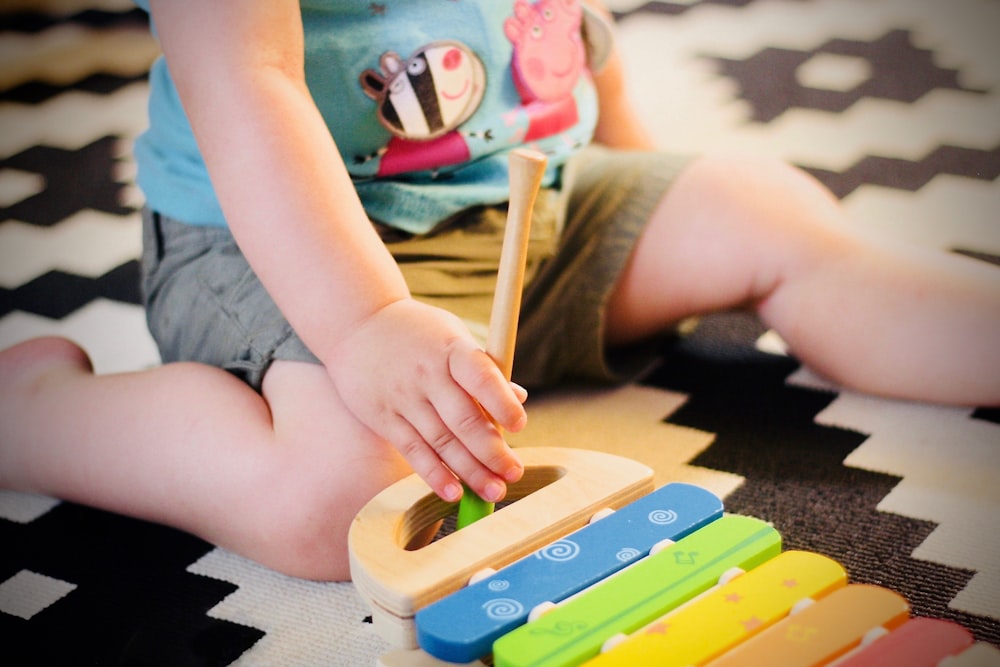Our Butte therapists often hear how the early years of childhood are the years in which the most important developmental milestones occur. According to the American Academy of Pediatrics, the brains of children between birth and 3 years grow more than at any other time in their lives. During this period, infants and toddlers are constantly learning and exploring the world around them. The toys that a toddler has access to can have a huge impact on their development. The right toys can help foster a child’s creativity, teach important motor skills, and even encourage early literacy.
As the father of one wonderful child who is well over the three-year mark now, I have spent a fair amount of time thinking about toys. There are comfort-toys like blankets and stuffed animals. Some of these even become life-long keepsakes. There are educational toys that seek to stimulate thought and movement in children. These tend to be very age-specific and may only be suitable for a few months, for instance in getting a child to lift their head and arms more in the early “tummy time” phase before crawling begins.
And then there are creativity toys. These tend to come into use around year one or so and last throughout childhood. Examples of these are musical instruments, or, erm, noisemakers; as well as blocks and building-items of all shapes and sizes, from large foam chunks that a teething toddler can safely chew on to Legos, which are simply amazing for the imagination and utterly horrible for parents’ feet.
How Many and What Kind are Best?
As a Buddhisty parent, I’ve tended to aim toward moderation in how many toys my daughter has had. This can be subjective, but in general we’ve aimed to remove toys that she hasn’t played with in the last month or two. Or, when we find ourselves battling to keep our daughter’s room and play areas clean, we look for things to remove. Looking around her room, this still leaves at least 10 groupings of toys. This is plenty to keep her imagination going for solitary play times and to have things we can engage with together with her.
Psychologists have their own ideas. According to Maithri Sivaraman, Ph.D., of Ghent University in Belgium and Tricia Striano Skoler Ph.D., formerly with the Max Planck Institute, a 2012 study of American middle-class families counted 139 toys visible to the children in the average home. These were usually also accessible to children in various areas such as the family room, children’s room, and dining areas, leading to distracted kiddos.
Sivaraman and Skoler tell us that because kids are so visually-stimulated, too many toys can be a distraction from engaging fully and imaginatively with just one or two toys. Having lots of toys thus makes it harder for the kids to focus on the ones they are playing with. The study shows that an overabundance of toys causes kids to play less, interact less with parents, and show lower attention levels.
Our desire to help can hurt
It can be painful to think that our parental instinct to provide everything we can for children might actually cause harm. By providing too many toys, psychologists warn us, we are taking away our children’s opportunity to build attention and focus on just one or two.
The same thing happens when playing if we are constantly helping or adjusting our children physically. As kids become more mobile and capable, we as parents need to step back and let them explore, even when this comes with some discomfort for them or tears. By stepping back, we allow (or force) them to focus on the world around them and make good decisions about how to navigate it. If we’re constantly helping or adjusting them, they don’t develop the ability to get around on their own.
Toys play a similar role in the imaginative lives of kids. If there are too many, silently clamoring for attention, our children don’t learn to fall into an imaginative world with one or two. Sivaraman and Skoler remind us that a TV in the background (or radio in our home) can also distract and cause problems. I know from experience that just seeing my wife or me on our phones can trigger my 3-year-old’s desire to watch a show on our laptop.
They also remind us that toy companies target us as parents, trying to get us to consume more and more. Yes, certain toys might engage kids a bit more than the Lincoln Logs that have existed for over a century. But there is a law of diminishing returns that kicks in pretty quickly, as more and more toys creates too much choice and too little engagement.
According to that 2012 study, infants who had fewer toys (around 4 in a play space) played longer and in more creative ways than those who had more toys (defined as 12 or more in a play space). By reducing the clutter of excessive toys, we help our kids focus and develop attention and creativity with the limited number of toys remaining.
We all do well with fewer toys
As a Buddhist and attempted minimalist, this isn’t surprising. And it matches the way even adults tend to learn and work. Too many distractions and productivity plunges. Too few, however, and we get bored or irritable. It is up to us to find a happy medium area where we are engaged but not overwhelmed.
As I write this today, I think I can say that I’m doing a better job with my toddler than I am with my own “stuff.” That’s okay. It’s a moment to learn, reflect on some of the stuff around me that isn’t serving any purpose, and move forward – after a good clean-up.
 Justin Whitaker, Ph.D., holds a doctorate in Buddhist ethics from the University of London. He has given lectures, and taught Buddhist studies and Philosophy at Oxford University, the University of Hong Kong, the University of Montana, and at Antioch University’s intensive study-abroad program in India. A certified meditation teacher, he is a regular contributor to Patheos.com, and Senior Correspondent for Buddhistdoor Global. Justin is the official blog writer for Sunflower Counseling MT in Missoula, Butte, Kalispell, Billings, and surrounding areas. He lives in Missoula with his family.
Justin Whitaker, Ph.D., holds a doctorate in Buddhist ethics from the University of London. He has given lectures, and taught Buddhist studies and Philosophy at Oxford University, the University of Hong Kong, the University of Montana, and at Antioch University’s intensive study-abroad program in India. A certified meditation teacher, he is a regular contributor to Patheos.com, and Senior Correspondent for Buddhistdoor Global. Justin is the official blog writer for Sunflower Counseling MT in Missoula, Butte, Kalispell, Billings, and surrounding areas. He lives in Missoula with his family.



